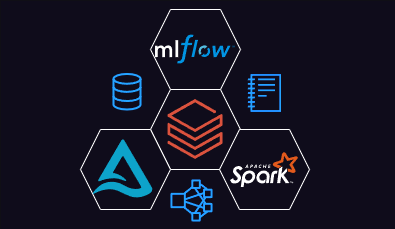The way we interact with APIs has changed dramatically over the years. The shift from REST to GraphQL represents a major evolution in how developers design and use APIs, driven by the needs of modern applications.
REST: The Foundation
For a long time, REST (Representational State Transfer) has been the standard for web APIs. It offered a straightforward, stateless approach for requesting resources using simple HTTP methods like GET, POST, PUT, and DELETE. REST APIs are organized around resources, each with its own unique URL. But as applications grew more complex, developers started facing some issues with REST. Two major problems were over-fetching (getting more data than needed) and under-fetching (needing to make multiple requests to gather related data).
GraphQL: A New Approach
Enter GraphQL, created by Facebook in 2012 and made open-source in 2015. It was designed to tackle the limitations of REST. With GraphQL, clients can request exactly the data they need in one go, rather than hitting multiple endpoints. This means developers can avoid the over-fetching problem and reduce the number of API calls by specifying exactly what data they want.
Key Differences
- Flexibility: REST APIs have fixed endpoints for each resource, while GraphQL provides a single endpoint that can handle flexible, client-defined queries.
- Efficiency: REST often requires several server trips to fetch related data, whereas GraphQL lets you gather all related data in one request.
- Versioning: REST APIs often need new versions (like /v1/, /v2/) to maintain backward compatibility. GraphQL simplifies this by allowing fields to be deprecated but still accessible through the schema.
Adoption and Future
GraphQL has quickly gained traction across various industries. Big names like GitHub, Netflix, and PayPal have moved from REST to GraphQL to streamline their APIs, reduce data payloads, and provide more flexibility for frontend developers. The GraphQL community is continuously working on improvements, making the tooling, security, and performance even better.
Conclusion
The shift from REST to GraphQL marks a significant leap forward in API development, offering solutions to the limitations of REST and catering to the growing demands of modern applications. By enabling precise, client-driven data requests and reducing the need for multiple API calls, GraphQL is setting a new standard for efficiency and flexibility. As more companies adopt this approach and the community continues to enhance it, GraphQL is poised to play a key role in the future of API design. This evolution underscores the importance of adapting our tools and techniques to meet the ever-changing landscape of technology and user expectations.
References
From REST to GraphQL: The Evolution and Future of API Development | ITeXchange Blog




